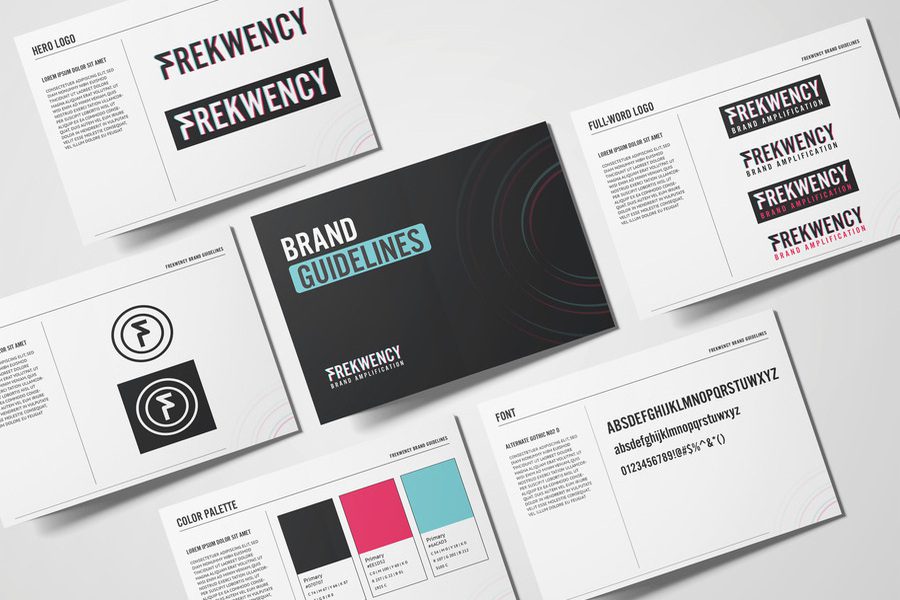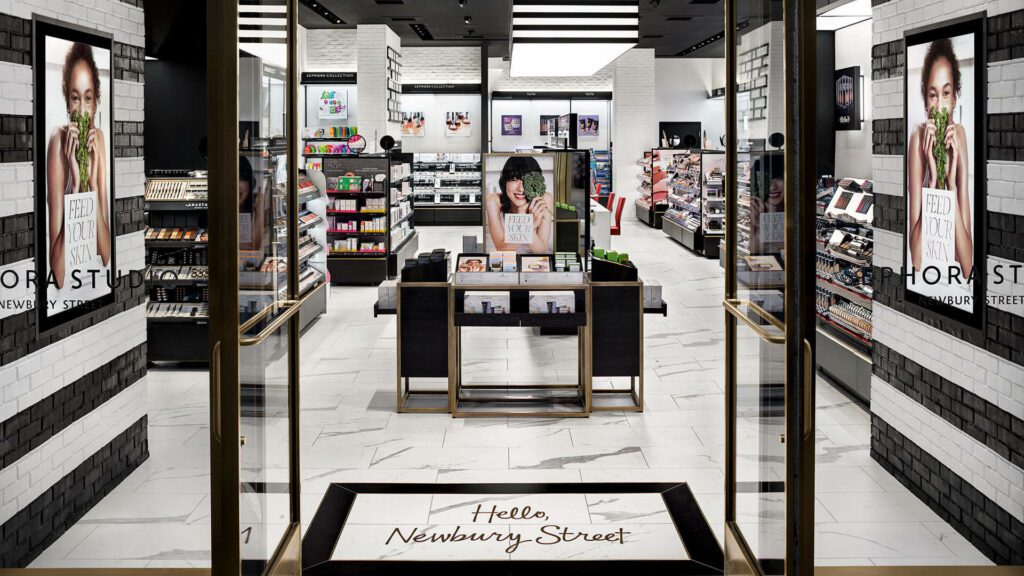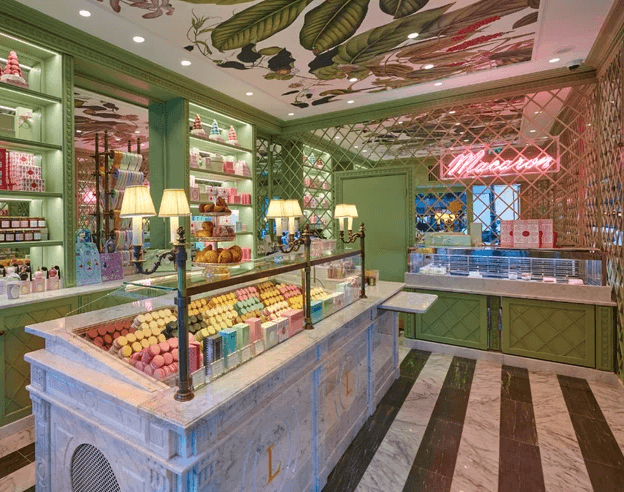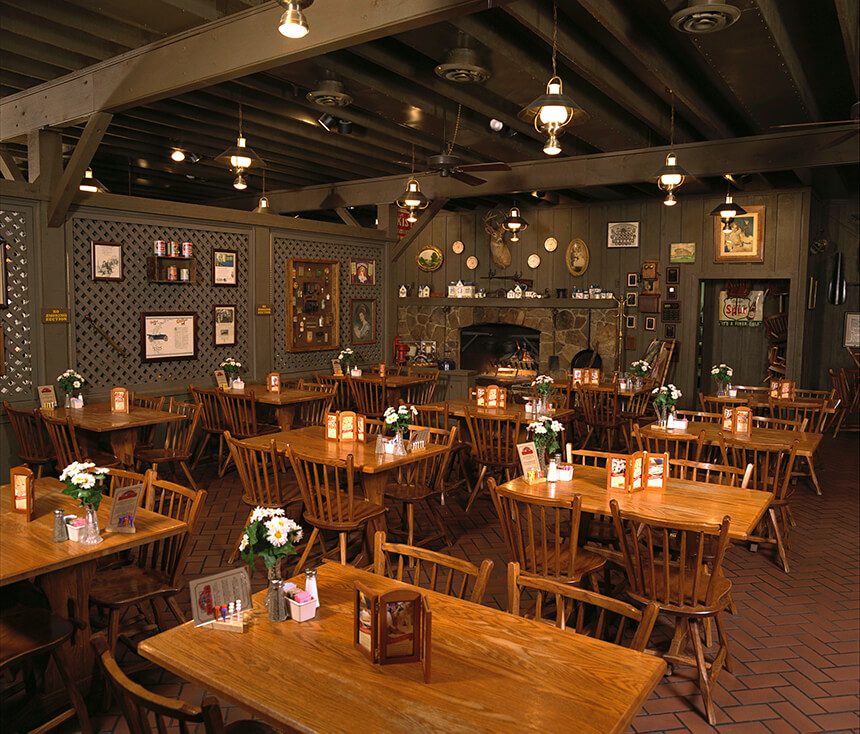Cohesive Branding: Defining the 10 Essential Brand Elements
Launching a business is tough, no doubt! But that’s just the beginning. In today’s saturated marketplace, the real challenge lies in building a brand that cuts through the noise. It’s about transforming a name on a shelf into a personality that people connect with, a trusted companion on their shopping journey. This is where well-defined brand elements come into play.
But what exactly are these brand elements, and how do you cohesively use them to craft a unique brand identity that stands out? This blog will answer this question!

We’re exploring the secrets of creating a unique brand identity that will make you stand out in a crowded marketplace. So, are you ready to build a brand that truly connects? Let’s dive in!
Before we delve into the essential ingredients of a powerful brand, let’s explore the undeniable impact a cohesive brand identity can have on your business.
Why Brand Elements Matter
- Consolidating the life and soul of your business into a handful of brand elements seems intimidating. We get it! But here are a few reasons that prove that this process is worth your time and effort.
- Did you know that a whopping 77% of B2C consumers base purchasing decisions solely on brand name? So, a strong brand identity built by leveraging the brand elements holds immense significance in a business’s growth.
- Studies show that consistent brand presentation can increase revenue by up to 10-20%. Yes, consumers gravitate towards familiar brands. Hence the consistent use of brand elements across all touchpoints boosts brand recognition exponentially.
- Inconsistent messaging, poorly designed logo, and unclear brand values can all shatter your customers’ confidence in your brand. On the other hand, a cohesive brand set of brand elements to represent your brand conveys professionalism, reliability, and the values your business stands for. This consistency builds trust with potential customers, fostering loyalty and encouraging repeat purchases.
- There are plenty of options for consumers today. So, how do you make your brand stand out? Brand elements are your secret weapon! By strategically using brand elements you clearly communicate your unique value proposition and differentiate yourself from competitors.
- Finally, businesses with consistent branding experience up to 20% greater overall growth and 33% higher revenue. Therefore you need a clear set of brand elements to shape your brand identity and create a consistent branding experience for your customers.
To tap into all these benefits, what are those essential brand elements that you need to pay attention to? Let’s find out.
The Brand Blueprint: Decoding the 10 Most Important Brand Elements
1. Brand name
What’s in a brand name, you ask? Everything we say! For example, how often do you talk about “Velcro fasteners” without realizing it wasn’t originally the product name, but the brand name itself? Probably more than you think. That’s the power of a brand name becoming so ingrained it becomes synonymous with the product itself.
This highlights why a brand name is crucial. In short, it’s the first introduction your brand gets, just like introducing yourself with your name.
We’ll give you a few more good reasons to prove that your brand name is one of the most influential brand elements:
- A strong brand name instantly grabs attention and gets people to remember you.
- Your name can subtly hint at your brand personality. For example when you hear the name “Mocha Muse” you’re least likely to think of it as say a brand selling industrial equipment!
KIMP Tips:
So, now there’s the big question: how do you come up with a unique brand name?
- Go for something descriptive – like “Headspace” for an app for clearing your headspace.
- Or something catchy and easy to remember like “KitKat”.
- Perhaps something evocative, like “Dove”.
2. Tagline
Not all brands come up with taglines, but when crafted cautiously, this can be one of the most memorable brand elements.
If your brand name was the first handshake, your brand tagline is like an elevator pitch. A crisp and catchy phrase that summarizes your brand’s core values and what makes you unique.
For instance, the moment you hear the tagline, “Finger lickin’ good,” do you think of of KFC? So much so that even when they cleverly obscured portions of the tagline during COVID, the message remained clear. Why? Because a strong tagline, consistently used across all marketing, becomes unforgettable.
KIMP Tips:
Wondering how to craft memorable brand taglines? Here are a few things to remember:
- Keep the tagline short and easy to remember.
- Highlight the benefits.
- Focus on the kinds of emotions you wish to evoke.
Looking for more inspiration on creating stunning brand taglines? Check out our post on the best and worst brand taglines from around the world.
3. Logo
You perhaps already guessed that the brand logo occupies a pivotal spot on the list of essential brand elements. After all, your brand’s logo is the face of your brand. It is a visual representative that represents your brand consistently across all touchpoints in the digital and physical realms!
Take the three-point star symbol of Mercedes-Benz or even the bitten apple of Apple. They have all become instantly recognized symbols. Because, evidently, it’s easier to remember visuals than just names!
KIMP Tips:
We know what you’re thinking! How do you create this one powerful symbol to represent your brand?
- Eliminate complicated details and aim for something simple and memorable – like Nike’s Swoosh or McDonald’s Golden Arches.
- Be mindful of your target audience – you need symbols they resonate with.
- Subtly infuse a relatable story into your design.
For more inspiration, check out our blog post on coming up with killer ideas for your brand logo.
4. Brand mascot
Once your logo introduces your brand and your tagline strengthens that introduction, it’s time to consider humanizing your brand with a mascot. While mascots can be incredibly powerful brand elements, not all companies utilize them.
Think back to those classic cereal commercials from your childhood. What comes to mind? Maybe it’s Toucan Sam perched on a Froot Loops box, or Tony the Tiger promoting Frosted Flakes. These examples illustrate that brand names and logos build recognition, but a well-crafted mascot is what truly helps your brand stand the test of time.
- Brand mascots work because:
They help forge a deeper connection with the audience by adding an emotional depth to your branding. - Audience-focused brand mascots make it easier for customers to relate to and remember your brand.
KIMP Tips:
To create a mascot that seamlessly fits into your branding, here are a few things to remember:
- When identifying the character and personality of your brand mascot, consider who you’re trying to reach.
- Ensure that your brand mascot embodies the values and personality of your brand.
If you are still contemplating the need for a brand mascot, check out this blog for some fresh perspectives.
5. Brand colors
The strong psychological influence of colors needs no introduction. Hence colors are crucial brand elements especially when you are looking to create a holistic identity for your brand.
Did you know that colors can help improve brand recognition by about 80%? Can you imagine the LEGO brand without their bold and playful colors? Or Coca-Cola without their signature red? Or even John Deere without their classic green and yellow palette? Probably not. These brands have managed to successfully incorporate colors as pivotal brand elements. Hence these colors have become inseparable from the core brand identities.
KIMP Tips:
So, how do you choose the right colors to represent your brand?
- What emotions do you want your brand to evoke? Choose colors that reflect those feelings.
- A limited color palette that connects well with your brand’s personality is easier to remember as well.
For more tips on choosing apt brand colors, check out our blog here.
6. Brand fonts
When you see the font in the below image, what brand comes to your mind? If you immediately thought of Disney, it’s because of the power of a good brand font and the consistent use of it.
The above example shows why you need to include signature fonts in your brand elements kit. Because brand fonts help communicate your brand message in the most accurate way. They also come in handy when creating a cohesive brand experience through visuals.
Moreover, the hidden benefit of clearly defined brand fonts is that they can subtly communicate your brand personality. Playful and whimsical fonts like those used by Disney portray a sense of fun and imagination. On the other hand, clean and modern fonts like Helvetica project professionalism and sophistication.
KIMP Tips:
Let’s now talk about some tips for choosing stunning brand fonts:
- Consider your audience demographics when identifying your brand fonts.
- Don’t prioritize style over function. Choose fonts that are clear and easy to read across different sizes and platforms.
- Stick to a limited number of fonts (ideally 2-3) to maintain brand consistency.
Wondering how to choose the right fonts for your logo and branding? Check out our blog post here.
7. Packaging
Can packaging design be considered an influential brand element? Well, yes! If you can guess the brands from the packaging designs in the below images then you know well that packaging design is one of the brand elements you cannot ignore.

All the brand elements we discussed so far are non-tangible assets that help shape a brand from scratch. However, the brand’s packaging is one of the most important tangible assets that leaves a lasting impression on the audience, when designed well. From enhancing your brand storytelling to helping with brand differentiation, your brand packaging has several important roles to play.
KIMP Tips:
How do you create packaging that establishes your brand’s identity?
- Prioritize functionality and aim for a convenient unboxing experience.
- Incorporate your core brand elements like logo, brand colors, fonts, taglines, and mascot intuitively in your packaging.
Looking for some packaging design ideas? Here’s a blog post you might like!
8. Brand imagery
Beyond your logo packaging, you also need to consider your brand imagery. Brand imagery includes all the photos, illustrations, and graphics you use to represent your brand. These visuals play a crucial role in shaping brand perception and creating a cohesive brand experience.
From the types of characters/shapes/symbols you extensively use to their emotions and the visual styles, every little detail of your brand imagery can influence your brand’s core identity.
For instance, Red Bull uses quirky illustrations across various marketing graphics. Whereas, Duolingo uses a set of lively illustrated characters to represent the brand on various platforms. Apple incorporates clean product-focused photos and Dove is known for using real women of diverse backgrounds in their imagery.
KIMP Tips:
Remember that your brand imagery is a powerful tool for brand storytelling and for forging an emotional connection with your audience. So here are a few things to consider:
- Invest in high-quality images or custom illustrations unique to your brand.
- Develop a visual style guide to ensure consistency in your image selection and editing.
9. Website
In today’s digital age, your brand’s website is your digital flagship. It’s your virtual storefront and therefore holds a prominent place on the list of crucial brand elements. Your website helps shape the core framework of your brand identity. Therefore, you need a website that brings all your other brand elements to one place and creates a strong first impression.
To ensure that your website helps build your brand identity, ensure that every element, from the design and layout to the content and user experience reflects your brand personality and values. Furthermore, you also need a professional well-designed website to build credibility.
Take the bold and fashionable design of the Gucci website or the sleek and modern aesthetics of the Tesla website for example. These designs accurately capture the essence of the respective brands.
KIMP Tips:
Let’s now discuss some quick tips to tackle this brand element:
- While aesthetics is important, it’s even more important to make your website easy to navigate.
- Provide valuable and informative content that resonates with your target audience.
- Ensure consistency across all aspects of your website design, from colors and fonts to logos and imagery.
Need help designing dapper websites for your brand? Get KIMP!
10. Store ambiance
If you have a physical store location, then your store ambiance becomes one of the most memorable brand elements. Because your store ambiance is the sensory experience you create for customers. It is how they perceive your brand as soon as they walk through the door. Therefore, every detail, from the music and lighting to the layout and scent, should contribute to a cohesive and memorable brand experience.
To illustrate this point, let’s take a quick quiz. How many of the below stores can you recognize just by their ambiance?
These are the stores of Sephora, Ladurée, and Cracker Barrel in that order. From the signature colors to the decor styles and the elements in the decor, every brand has their own way of welcoming their customers and giving them a unique experience. And these details have helped shape the brands over the years.
In short, by investing in a well-designed store environment, you turn your physical store location into a powerful brand extension that drives sales and fosters customer loyalty.
KIMP Tips:
A positive in-store experience can significantly elevate brand perception and create lasting customer memories. So, how do you achieve that?
- Consider all your brand elements – colors, fonts, messaging – and translate them into a physical space.
- While defining unique aesthetics, ensure your store layout is easy to navigate. It should also provide a comfortable and inviting atmosphere for customers to browse and shop.
Make Your Brand Blueprint Come to Life With KIMP
Now that we’ve explored the essential brand elements, it’s time to bring your brand vision to life! Also, building a cohesive and memorable brand takes dedication and strategic implementation. But don’t worry, you don’t have to do it alone.
Imagine having a team of designers ready to craft stunning visuals, create captivating logos, and craft a brand experience that resonates with your audience. That’s precisely what you get when you sign up for a KIMP subscription!
Register now for a free 7-day trial and start building your brand’s identity!











